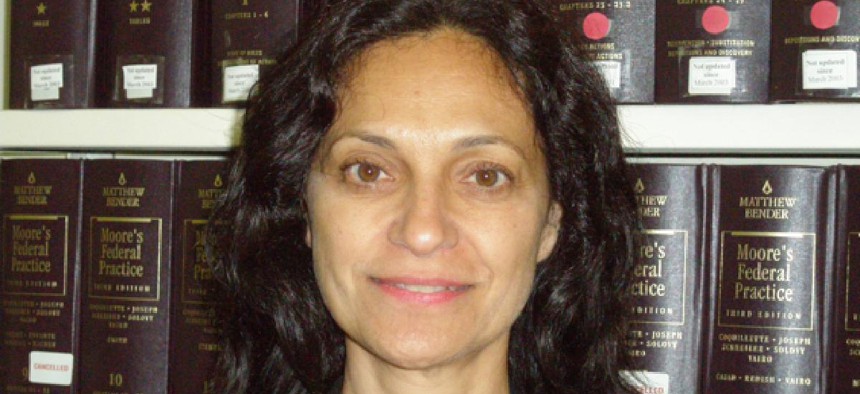It’s time to help midsize nonprofits afford health insurance

When the Affordable Care Act changed the definition of “large group employers” from “51 employees or more” to “100 employees or more” for insurance purposes, most states pushed back, recognizing that this change would negatively impact midsize employers with 51 to 100 employees. As a result, the law was amended in 2015, allowing states to define a large group as 51 or more employees. Forty-six states adjusted their definitions accordingly. New York did not.
New York’s failure to act has wreaked havoc on nonprofit organizations and small businesses in the 51 to 100 employee bracket. In moving from the large group to small group insurance market, many nonprofits were faced with double-digit premium increases. One agency found that its premium for a similar small group plan would increase by 53 percent – equal to the salaries of five professional staff. To afford health care for their workers, these employers generally have had no choice but to select plans with high deductibles, higher co-payments and higher co-insurance. In most cases, all or part of these additional costs are passed on to their employees.
Large group plans generally cost less because rates are determined by analyzing the group’s demographics, claims history and the likelihood of future medical needs. For small groups, insurance becomes more expensive because insurers look at the demographics and health characteristics of an entire geographic region, which is likely to include people who are older and have more serious health care needs.
Expecting that New York State would re-define large groups as 51 or more employees, many nonprofits and small businesses with 51 to 100 employees renewed their large group plans in December 2015 and were grandfathered in as large groups for most of 2016, keeping their health insurance costs in check. As of December 2016, however, they will be forced back into the small group market. The Senate passed a bill redefining large groups as 51 or more employees in its last session, but the Assembly failed to act on it. The bills will be re-introduced in the upcoming session.
So why is New York State lagging behind the rest of the country in re-defining large groups as 51 or more employees? The insurance industry is not opposed to the change. Some lawmakers argue that defining small employers as 1 to 100 is beneficial because it would enlarge the small group insurance market making it more capable of spreading risk and potentially lowering premiums. While possible in theory, in practice it has only placed an unsustainable burden on nonprofits and small businesses. Some employers in the 51 to 100 bracket are opting to join a Professional Employer Organization (PEO), which allows them to purchase health insurance at more competitive large group rates. Others find that the fees charged by PEOs undercut health insurance savings and involve too great a loss of autonomy. Some believe that PEOs target the healthiest customers to maximize profit, further destabilizing the small group market.
More than 600,000 employees in New York State work for nonprofits or small businesses that fall into the 51 to100 employee bracket. New York’s failure to amend the definition of large group places a heavy financial burden on employers who are trying to do right by these employees. If employers cannot shoulder increased premiums – and most cannot – employees bear the burden through higher out-of-pocket costs. For those who earn modest salaries in nonprofit social service organizations, a $2,000 a year deductible and high prescription co-pay can cause avoidance of medical care when it’s needed. They simply may not be able to afford to use the insurance they have. Restoring the large group definition to 51 or more employees will help these workers afford care when they need it and help nonprofits and small businesses operate in the black. For employers who assume the entire cost of health insurance, increased costs will come at the expense of program.
The Nonprofit Coordinating Committee of New York, which represents some 1,400 nonprofits in the greater New York area, is supporting efforts to re-define large groups as 51 or more employees. Nonprofits interested in getting involved should contact tjayasinghe@npccny.org.
Jeanette Zelhof is Executive Director of MFY Legal Services, Inc., a nonprofit that provides free civil legal services to low-income New Yorkers in the areas of housing, foreclosure, public benefits, civil and disability rights, consumer, employment, immigration and kinship care, handling more than 10,000 cases each year.
NEXT STORY: Safe harbor for New Yorkers